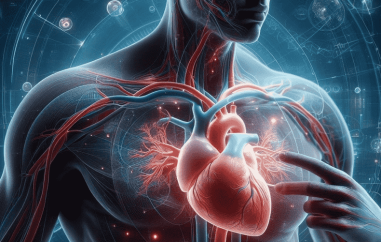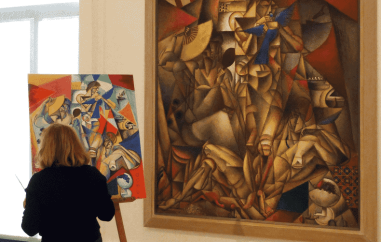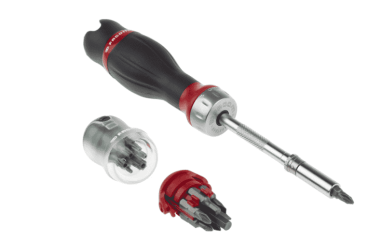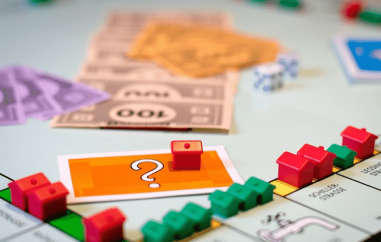Lured in by the 'Frauen' at the Pinakothek der Moderne
The image of woman as a reposing beauty, lost to the world, is a constant thread running through the history of art.' (from a description in the 'Frauen' exhibit)
The Pinakothek der Moderne has an exhibit on offer that almost must be seen, for fear of missing something truly extraordinary. The more than ninety paintings (thirteen from its own collection) of Pablo Picasso, Max Beckmann and Willem de Kooning make up an impressive exhibit titled 'Frauen' (Women). If the long lines in the opening weeks of the museum's show are any indication, one should be prepared for rather large crowds during peak hours. Luckily, the Pinakothek der Moderne has extended hours on Thursdays until 8 pm, and especially during the 'Frauen' exhibit on Saturdays until 10 pm, which is almost unheard of for state-owned museums in Munich. Although the museum itself is free on Sundays, that does not apply to special exhibits such as this one.
The show is a kind of parting gift by Carla Schulz-Hoffmann, who since 1991 has been the deputy director general of the Bavarian State Painting Collection and since 2002 a lecturer for the Pinakothek der Moderne and the Museum Brandhorst. This is the last exhibit that she will curate before leaving, and it is quite a culmination of her more than two decades at the pinnacle of the city's art world. The women depicted in the paintings are shown from a multitude of perspectives, such as that of archetype, of femme fatale, of goddess, as well as of whore.
For Picasso, women are often portrayed as the object of man's desire, but in addition are often a catalyst to help the artist understand himself better. There is a freedom and sensuality in his view of femininity, as if the women openly savour their inherent independence. In his 'Sleeping Nude on a Divan' (1961), he overplays her femininity from multiple perspectives and she appears wild, full of life and completely unaware of anything else around her. 'Woman with Hat Seated in an Armchair' (1941/1942) is characteristic of cubism, and trying to figure out which part of her face belongs where is like putting together a puzzle.
In Picasso's hands, women are quite often one side of a pair, whether that couple be mother and child, artist and model or two lovers. Both sides encourage and compliment one another, making the whole stronger and more vibrant. Another painting titled 'Embrace' (1972) is intriguing as the two bodies are simultaneously baffling and erotic. The master often started with his model, such as Dora Maar, but somehow transformed her to the universal. In his wartime paintings, one can see an entire generation's spirit and resilience.
The woman is simultaneously a mirror in Beckmann's paintings and a self-assured and autonomous entity. He expresses the women's maturity and confidence in mythical themes, as well as calling on the 1920s and 1930s seductress so popular in the literature and film of the day. When the man is included in Beckmann's painting, he's often hiding or overshadowed by the relative power of the woman pictured, and she overpowers him with her eroticism and sensuality. In his 'The Letter: Reclining Semi-Nude' (1945), we actually see the man in the foreground reading a letter and observing his model. In Beckmann's 'Reclining Nude' (1929), he uses such a vivid and extreme form of representation that the viewer is actually confronted by a kind of overwhelming passion.
The independent force of nature that de Kooning displays in his work show a side of women full of expression and possibility. He might start with the stereotypical beauty of a pinup girl from the 1950s or a cheerleader, and will then let their feminine power explode across the canvass. His expressionism is a kind of controlled fury that shows his women as frenetic and pure energy. In such moments of ecstasy, it is no overstatement to say that the model and the artist have achieved a sort of out-of-body experience. De Kooning is not typically involved with traditional portraits, and some of the paintings in this exhibit resemble figures only a little, while some not at all. His 'Woman' (1964) is a perfect example of the painter not being remotely concerned with conventional beauty norms, while 'The Visit' (1966-67) and 'Woman on a Sign II' (1967) achieve a sort of passion that exposes pure emotion.
The exhibition makes a point of not relying on the clichés that are most easily associated with femininity. It confronts the role of women in our society while refusing to depend on the popular perceptions of any of these three painters. The fourteen rooms are divided into five chapters, each of which follow a theme that ties the paintings thematically together. From the initial section titled 'Portrait, type, idol', which includes Picasso and Beckmann's strong and independent women and de Kooning's primitiveness, all the way to the last section called 'World image, time image, self-image' these paintings challenge and intrigue the viewer in a most unexpected way.
The exhibit runs until 15.07.2012















































